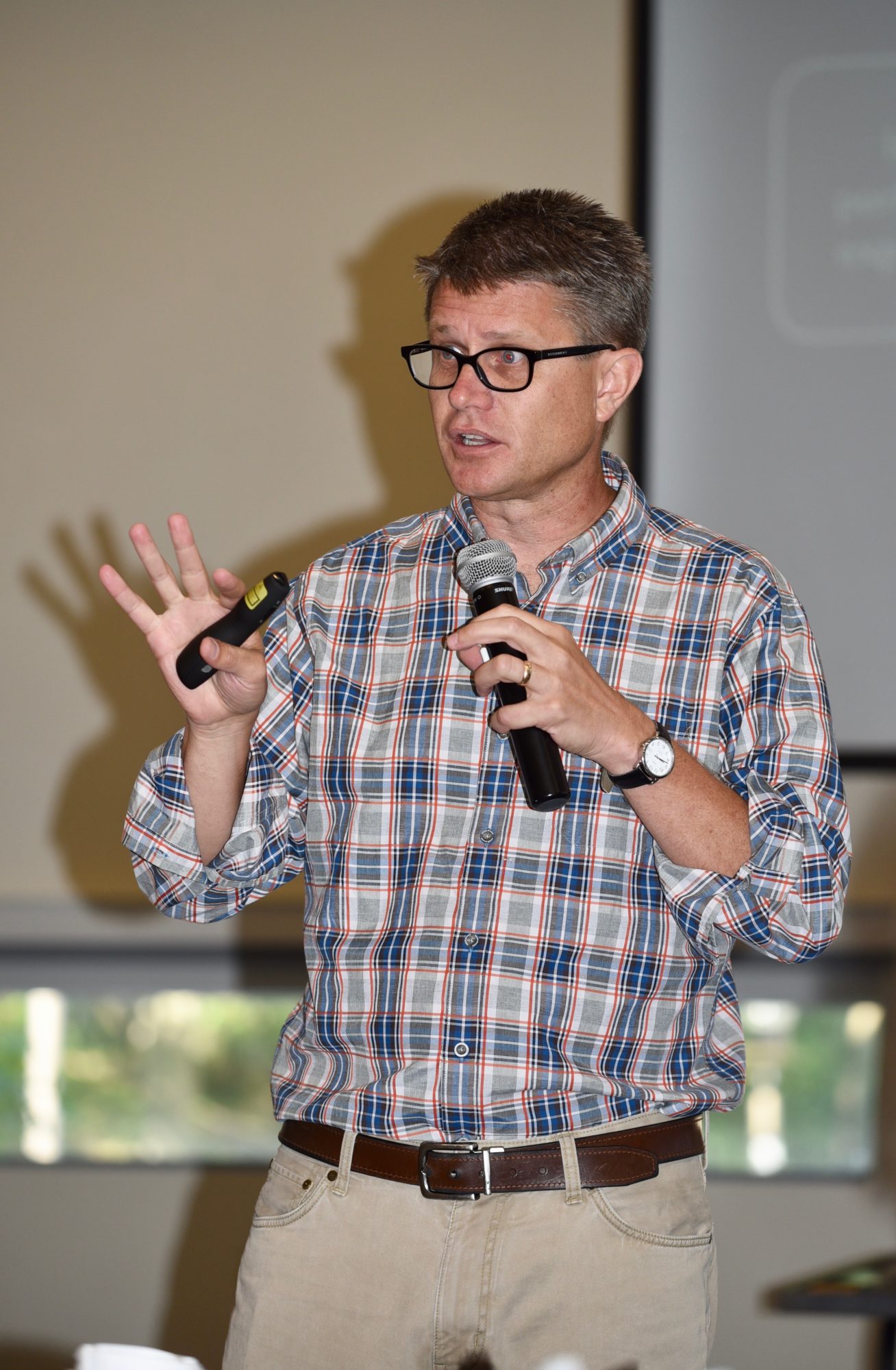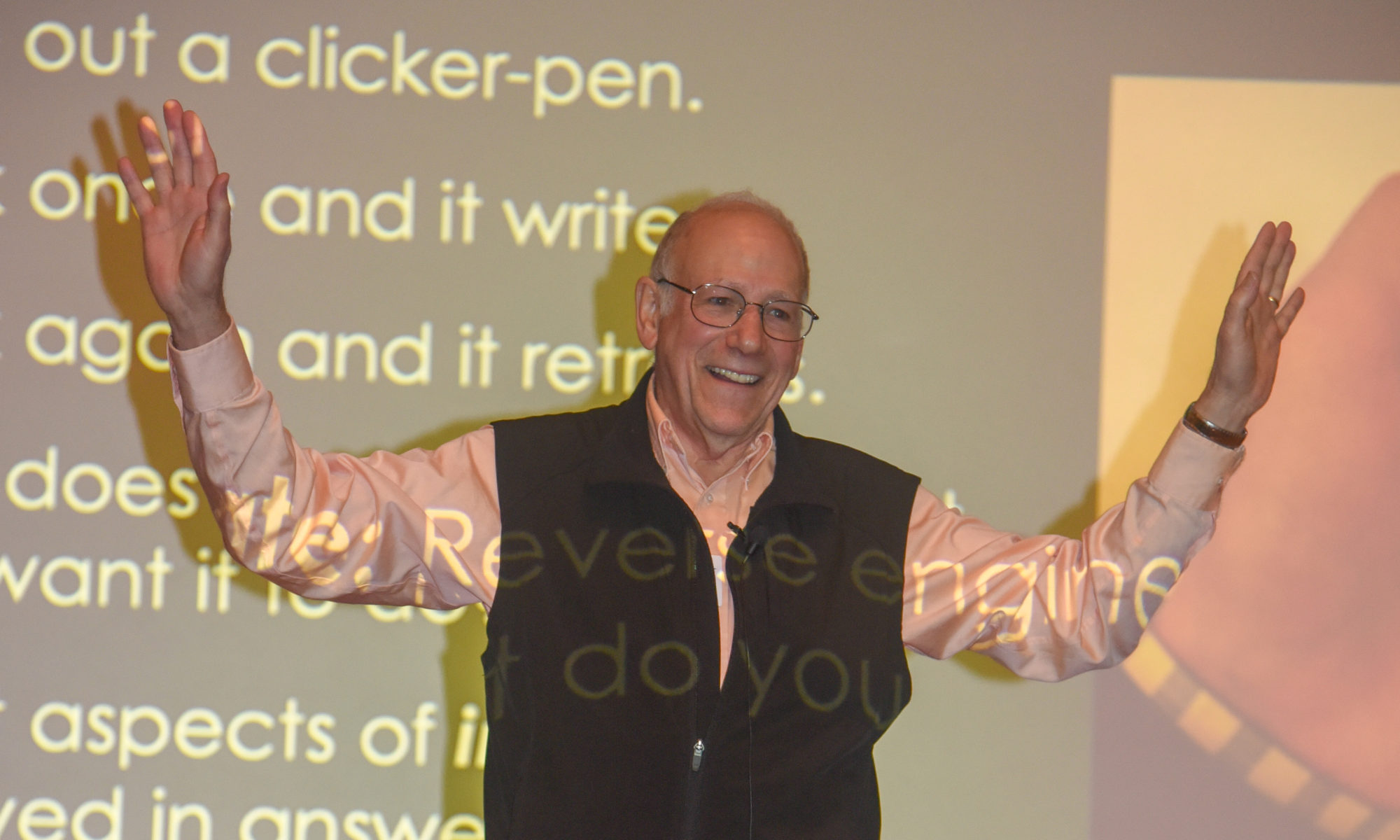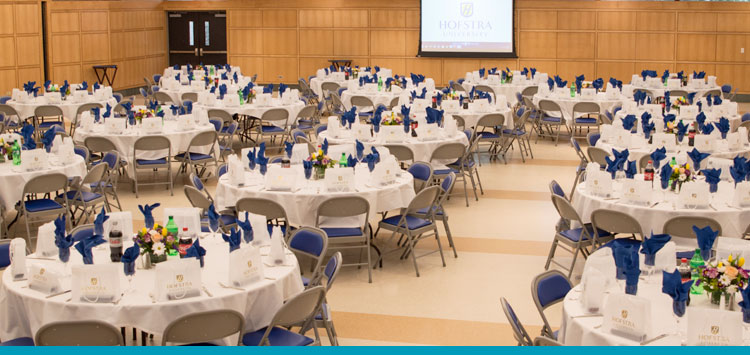This summer, STANYS leaders, Master Teachers, and educational professionals throughout New York State were invited to experience two days of immersion in NYSSLS and Three-Dimensional Learning and Assessment Paul Andersen joined us to facilitate the learning activities.
There were three workshop sites around the state: July 29-30 (SUNY Stony Brook); July 31-August 1 (SUNY New Paltz); and August 2-3 (Conference Center at Wayne-Finger Lakes BOCES). Each workshop was designed to prepare teacher leaders to begin the work of facilitating workshops on how to transition to NYSSLS. These workshops built on those conducted during the last two summers, and teacher leaders attending this year were provided with multiple ideas and resources to share with other educators in their home schools/regions. Workshop activities included creating storylines for lessons to help further understanding regarding the shifts to the new standards and phenomenon-based learning. Learn more at Paul Andersen’s website, TheWonderOfScience
Paul also offered some advice to the STANYS leaders as they looked forward to sharing their understanding and providing workshops for their teacher-colleagues “back home” – a sort of “12 step plan” that began with a reminder that teachers are professionals, not students, and should be treated as such, and closed with “Have Fun !” He stressed not to argue about adoption of the new Standards: it’s done!
Day #1 we worked in groups of two or three to develop a 3D assessment. We first continued work on an assessment already started by participants from another workshop and then we chose a Performance Assessment in our subject area and began the process of developing and honing an assessment we might use in the upcoming year. To help us evaluate the assessment we were developing, Paul provided us with his “Performance Assessment Screening Tool – a “check-list” of items designed to ascertain if the assessment tool we were developing was actually doing what we wanted it to: assess 3-dimensional learning for the selected PE area.
Day #2 was devoted to developing activities for a lesson/unit for which we might utilize the assessment developed the previous day. Workshop participants observed various phenomena for introducing “sample” lessons/units, and then searched for a phenomenon suitable for introducing students to the topic they had chosen. We applied Paul’s “method” (his “ABC’s of Teaching”: Activity Before Content”) to our lesson prep. Paul was ready with help, circulating throughout the groups, asking questions and giving suggestions to further our progress. He provided a “3-Dimensional Screening Tool” with a “check-list” to guide us toward development of a truly 3-dimensional lesson. At the close of Day #2, we all felt that we had a 3-D lesson (or the strong beginning of one…) and a 3-D assessment to provide us with student feedback. Quite an accomplishment!
Some comments from attendees:
“As always, my brain hurts from thinking so much … in a good way! I am excited to take all that I learned about developing lessons and assessments and share it with other teachers. I look forward to seeing how the shift to 3D-instruction and learning helps build deeper understanding for students.” Kathi
“This workshop was particularly rewarding beause there was ample tie for discourse among colleagues and we left with a finished product to take back to my classroom!” Jeff Salerno, STANYS Western Section (JeffreySalerno@LSCSD.or)
“As a new teacher that was extensively trained in the new standards it was an insightful experience to work with other teachers and professionals to learn how to incorporate these standards into the classroom.” Riley McHugh
“Paul Andersen has been a phenomenal resource in explaining all of the information about NGSS. I am looking forward to engaging my students with inquiry based labs. See you next year! Ashley Leung
“Paul and the STANYS crew provided another high quality professional development to support the vital work to implement our new standards. They had a great mix of prompts, productive group work, and good humor.” Doug Schmid
“After participating in all three Paul Andersen workshops –this final hands-on interactive presentation really wrapped the NYSSLS into a nice package I look forward to unwrapping during the school year. My level of understanding of the new standards is finally sinking in and Ifeel like I have material to try this upcoming year. The professional development these two days was excellent and well put together by all involved.”Sonja Anderson
“The authentic scientific practices being implemented in NGSS are invaluable for scientific reasoning for all students.” Peter Rosen
“The opportunity to collaborate with colleagues of all levels of experience and all types of backgrounds made this daunting task of implementing NGSS feel totally attainable!” Seth
Paul Andersen will be a presenter at the Annual Conference November 1-4, 2019, in Rochester NY. Find more information online at STANYS.org/ConferenceMain where the full Conference Program is available.




 Having spent a career teaching high school science, I am now engaged with the world of elementary science. The adoption of the New York Science P-12 Science Learning Standards (NYSSLS) in December 2016 has apparently rejuvenated interest in elementary science. Recently retired (meaning time on my hands?) and involved with the transition to our new science standards based on A Framework for K-12 Science Education and NGSS, I was drawn into professional development opportunities. I’ve learned a lot about how students should learn science, reasons to shift to significant core ideas, how to incorporate engineering, provide meaningful hands-on experiences, and engage with phenomena. These standards should address the needs of all students, incorporate real-world scenarios and when possible be community-based. What really excites me the most about the NYSSLS is the impact this will have on our youngest learners.
Having spent a career teaching high school science, I am now engaged with the world of elementary science. The adoption of the New York Science P-12 Science Learning Standards (NYSSLS) in December 2016 has apparently rejuvenated interest in elementary science. Recently retired (meaning time on my hands?) and involved with the transition to our new science standards based on A Framework for K-12 Science Education and NGSS, I was drawn into professional development opportunities. I’ve learned a lot about how students should learn science, reasons to shift to significant core ideas, how to incorporate engineering, provide meaningful hands-on experiences, and engage with phenomena. These standards should address the needs of all students, incorporate real-world scenarios and when possible be community-based. What really excites me the most about the NYSSLS is the impact this will have on our youngest learners.